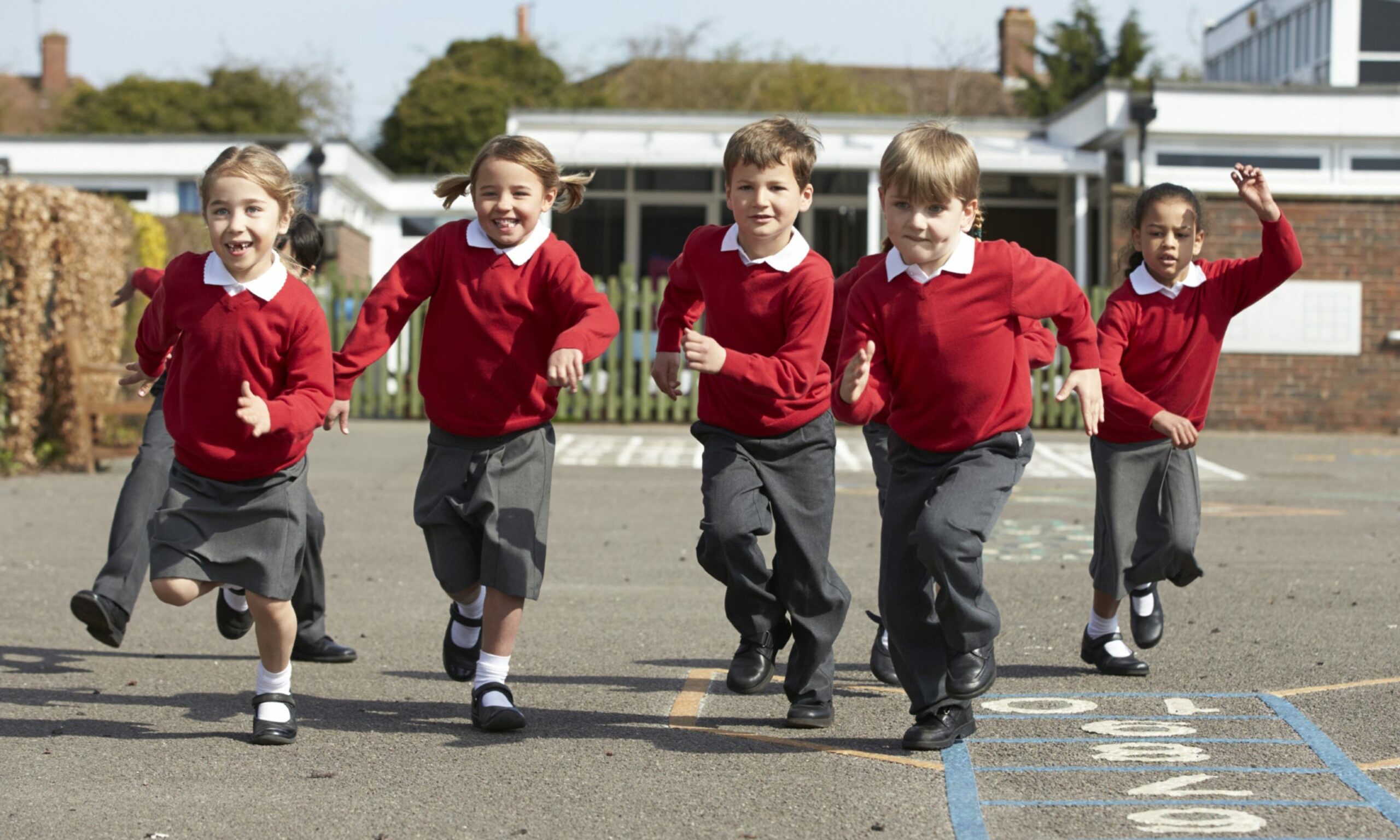Many children will find the prospect of moving from primary to secondary school exciting, but at the NSPCC’s Childline service, we know some young people will be feeling anxious about the move after the summer break.
This is a big change and can feel daunting; it’s understandable that some children will have concerns.
Every year, our counsellors speak to children who are worried about starting secondary school. Some of their concerns include being bullied, having new teachers, and struggling to find their way around a bigger school.
There are also commonly worries about going to a different school from friends and losing contact with them, or about not being able to make new friends. On top of that, some young people have fears about exams and homework being too difficult.
As a parent or carer, it’s hard to hear that your child is scared, but it’s important to remind them that feeling nervous about starting a new school is normal, and they’re not alone.
One 11-year-old boy told Childline: “I’m feeling nervous about going to secondary school. I don’t really know what to expect or who to ask questions to.
“I know there will be all these different classes with different teachers, and I think that will be confusing. What do I do if I get lost between classes? Will they be really strict?”

There are lots of ways to help your child to get ready for this transition. You can chat with them about how they are feeling, and discuss how secondary school will be different from primary. Reassure them that it’s normal to feel nervous and sad about leaving familiar things behind, but these feelings usually subside.
You can prepare early for how they’ll get to school. If you are taking them, it can help to plan what you need to do to be ready on time. If they will be making their own way there, you can work out the bus number and times, or plan the safest direct route to walk or cycle. You could even find an older pupil who lives nearby to accompany them, to make it a little less scary.
It’s also a good idea to find out what your child will need on their first day at school, such as pens, pencils or a calculator. You can try to make sure they’ve got their lesson timetable in advance. You could also suggest that they write down their homework tasks and deadlines in a notepad so they don’t forget.
Encourage children to ask teachers or teaching assistants questions if they are ever unsure about something. Reception staff and the school nurse can also offer support, and some schools have student mentors.
Making friends gets easier over time
If your child is worried about meeting new people, let them know this will get easier as they get to know classmates. Remind them that getting to know new people can be exciting and that they will soon make lots of new friends.
Suggest that they practise speaking to someone new when they get the opportunity. Positive body language such as smiling, looking the person in the eye and speaking clearly and confidently can help enormously when we are trying to make new friends. The more they do this, the easier it will become.
The Childline website has advice on how to make friends, and kids can use the message boards to ask others their own age how they’ve dealt with similar situations.
It is important that they remember it can take time to make new friends. If they are worried about break times, they could ask to use the library until they feel more confident.
Changing schools is a big part of growing up, and it’s easy for adults to forget how difficult this transition can be for young people. Let your child know that it can help to talk about their experience. Saying what they found hard can help them to think of ways to cope better in future.
Children and young people can speak to a parent or carer, a friend or a Childline counsellor via the phone on 0800 1111 or online at childline.org.uk.
Paul Johnson is Childline team manager for Aberdeen











